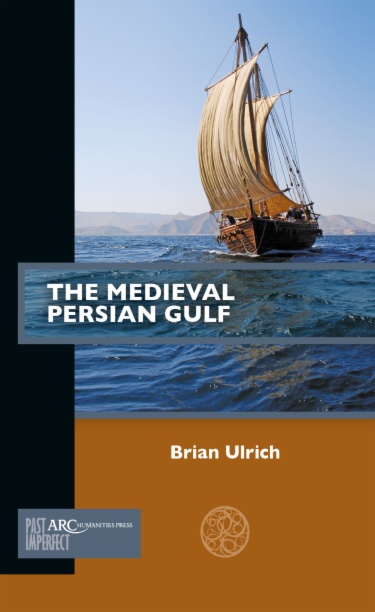The Persian Gulf today is home to multiple cosmopolitan urban hubs of globalization. This did not start with the discovery of oil. This book tells of the Gulf from the rise of Islam until the coming of the Portuguese, when port cities such as Siraf, Sohar, and Hormuz were entrepots for trading pearls, horses, spices, and other products across much of Asia and eastern Africa. Indeed, products traded there became a key part of the material culture of medieval Islamic civilization, and the Gulf region itself was a crucial membrane between the Middle East and the world of the broader Indian Ocean. The book also highlights the long-term presence of communities of South Asian and African ancestry, as well as patterns of religious change among Jews, Christians, Zoroastrians, and Muslims that belie the image of a region long polarized between Arabs and Persians and Sunnis and Shi’ites.
- Contents
- List of Illustrations
- Timeline
- Introduction
- Chapter 1. Religious Diversity of the Early Islamic Era
- Chapter 2. Ethnic Diversity
- Chapter 3. The Society of Trade in the Early Islamic Period
- Chapter 4. New Trade Centres after 1000
- Chapter 5. Islamic Sects in the Late Medieval Gulf
- Chapter 6. Hormuz
- Conclusion
- Further Reading

